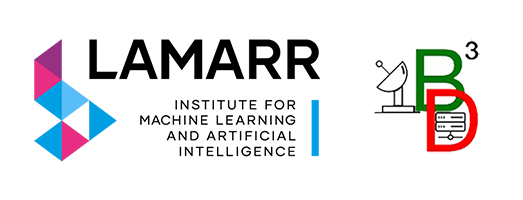Speaker
Description
IceCube Neutrino Observatory, the cubic kilometer detector embedded in ice of the geographic South Pole, is capable of detecting particles from several GeV up to PeV energies enabling precise neutrino spectrum measurement. The diffuse neutrino flux can be subdivided into three components: astrophysical, from extraterrestrial sources; conventional, from pion and kaon decays in atmospheric Cosmic Ray cascades; and the yet undetected prompt component from the decay of charmed hadrons. A particular focus of this work is to test the predicted angular dependence of the atmospheric neutrino flux using an unfolding method. Unfolding is a set of methods aimed at determining a value from related quantities in a model-independent way, eliminating the influence of several assumptions made in the process. In this work, we unfold the muon neutrino energy spectrum and employ a novel technique for rebinning the observable space to ensure sufficient event numbers within the low statistic region at the highest energies. We present the unfolded energy and zenith angle spectrum reconstructed from IceCube data and compare the result with model expectations and previous measurements.

